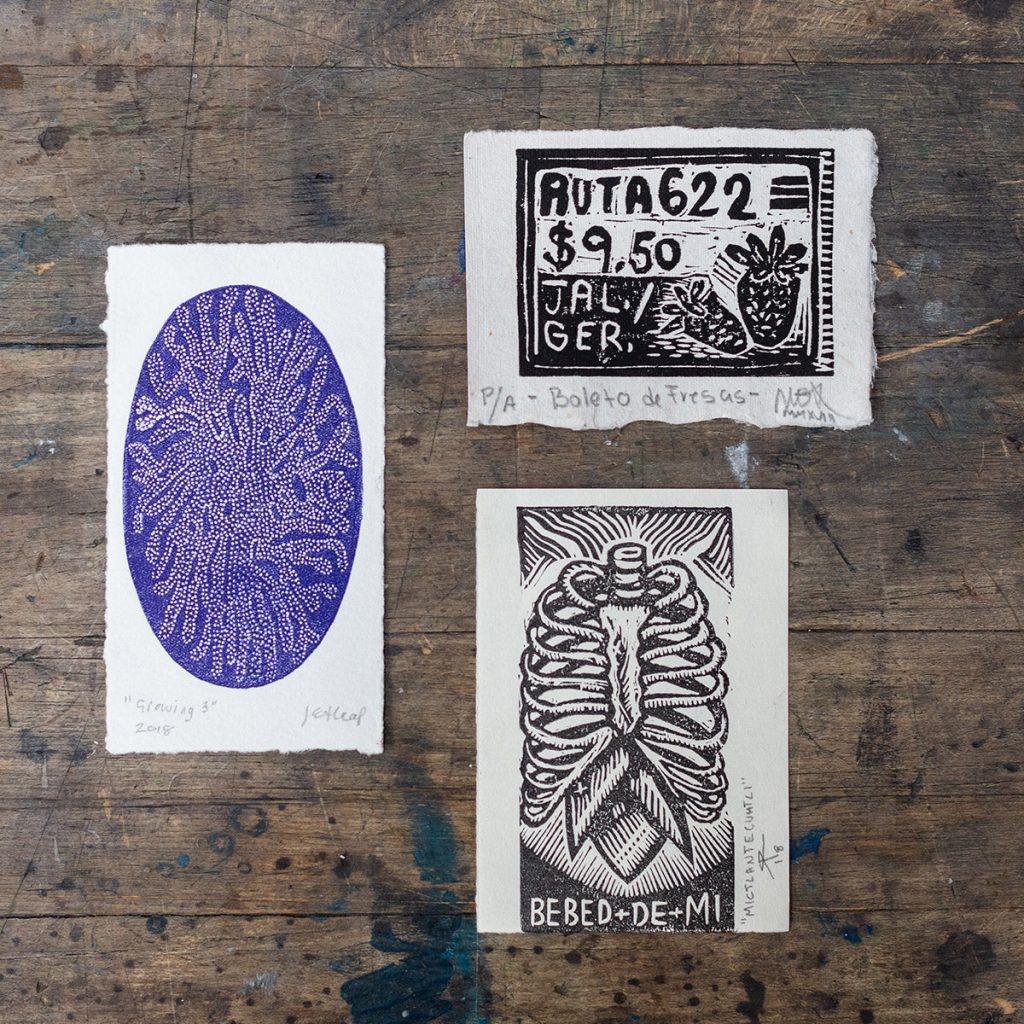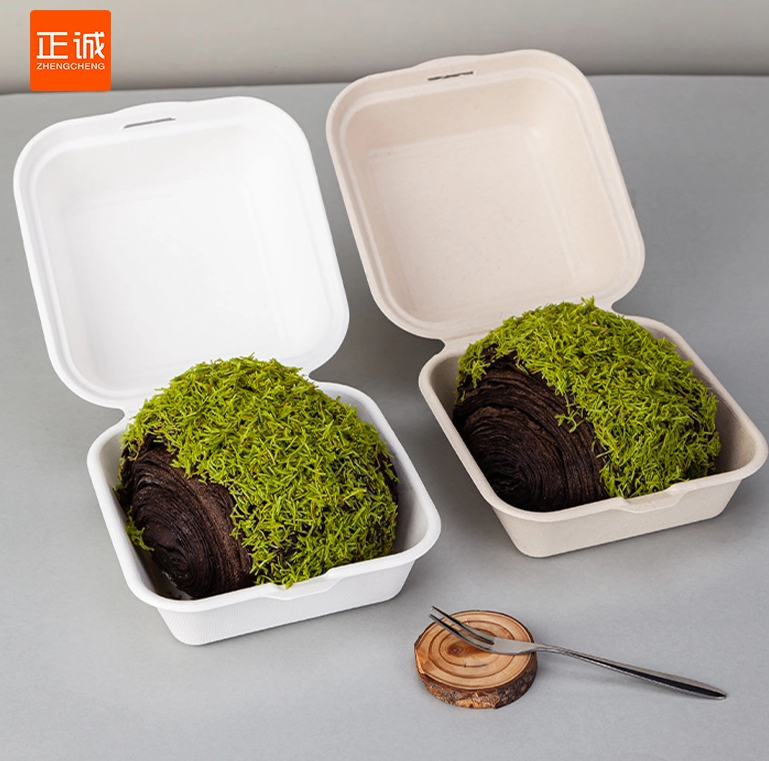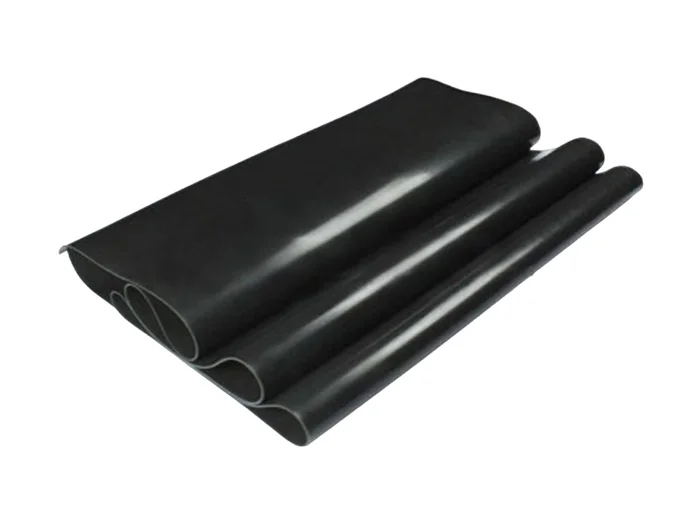
Printmaking, an artistic process that involves creating multiple reproductions of an image, has a rich history and encompasses a wide range of techniques. While each technique presents its own set of challenges, this blog post will delve into the most difficult aspects of printmaking. From intricate details to technical precision, we will explore the complexities that make printmaking a captivating and demanding art form.
- Mastering Intaglio: The Art of Depth and Texture
Intaglio, a printmaking technique that involves incising or engraving an image onto a surface, poses significant challenges. Achieving the desired depth and texture requires meticulous skill and precision. Artists must navigate the intricacies of etching, drypoint, and aquatint, carefully controlling the pressure and depth of each mark. The process demands a deep understanding of materials, acids, and inks, as well as the ability to experiment and adapt to achieve the desired results. - The Delicate Dance of Lithography: Balancing Chemistry and Artistry
Lithography, a method based on the principle of oil and water repelling each other, presents its own unique difficulties. The artist must skillfully navigate the chemistry involved, ensuring that the image adheres to the printing surface while repelling ink from non-image areas. Achieving the perfect balance between water, ink, and chemicals requires a deep understanding of materials and meticulous attention to detail. Additionally, the artist must possess a keen eye for composition and a mastery of drawing techniques to create a compelling image. - The Intricate World of Relief Printing: Carving and Precision
Relief printing, which includes techniques such as woodcut and linocut, demands both technical expertise and artistic finesse. Carving intricate designs onto a block of wood or linoleum requires patience, precision, and a steady hand. The artist must carefully consider the negative space and plan the composition in reverse. Achieving a harmonious balance between positive and negative space, as well as mastering the art of inking and printing, is a challenging endeavor that requires years of practice and refinement. - Serigraphy: The Art of Screen Printing
Screen printing, also known as serigraphy, is a versatile technique that allows for vibrant and layered prints. However, it presents its own set of difficulties. The artist must meticulously prepare the screen, ensuring that it is free from imperfections and properly stretched. Achieving precise registration and consistent ink application requires a high level of technical skill. Moreover, the artist must possess a deep understanding of color theory and layering techniques to create visually stunning and complex prints.
Conclusion:
Printmaking, with its diverse range of techniques, offers artists a world of creative possibilities. However, mastering these techniques requires dedication, technical expertise, and artistic finesse. From the intricate details of intaglio to the delicate chemistry of lithography, each technique presents its own unique challenges. By understanding and embracing these difficulties, artists can push the boundaries of their creativity and produce captivating and visually stunning prints.


